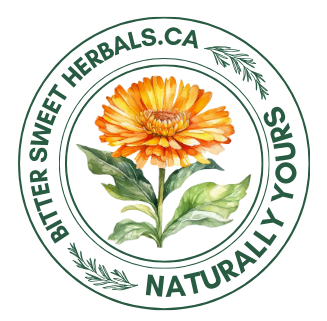In Depth Study of Herbals
One of my favorite things to do – always – is to choose one herb a month that I really focus on and learn everything I can about it. By creating a habit of studying a Herb Of The Month, you will open you mind to so many new ideas and concepts!
You can find my 50 page study download here.
I really get into the nitty gritty of the herb because it opens a whole new world of information for each individual herb.
Things like:
- botanical and folk names
- plant habitat
- energetics of the herb – cool, dry, moist, warm, spicy, etc
- part of plant used
- where to find it in the wild, or grow it
- constituents – what makes up the active ingredients in this plant
- Actions and Properties
- Nutrition content
- physical description
- history of plant and its medicinal uses
- preparations and recipes
- precautions
- dosages
- science

I also like to compare the different types of natural medicines and how they use this herb. For example: In Ayurveda a particular herb can be used for something specific, but in Traditional Chinese Medicine, they use it in a formula for something else. There is great wisdom in both of these ancient forms of Herbalism, so make sure to study them both.
Plant Rubbings
How about doing a plant rubbing, or a pencil sketch defining all of the unique findings you uncover
Use Your Senses
Use your senses. What do you feel, smell, see, taste, hear, prickly, soft, fuzzy, light green, dark, flower, root, type of leaves and stalks. There is much to learn when studying one herb a month.
Botany In A Day
Get into the nitty gritty of the botany of this particular plant. One great book I own is Botany In A Day by Thomas J. Elpel and you could pick it up on Amazon here. It is well worth every cent of it. He does a stellar job of helping you understand the botany behind the plant, in a way that actually makes sense.
Flower / leaf pressing

I also like to take leaf or flower pressings. There are a ton of different ideas you can use them for. If you do a Pinterest check, or check out my board here, you will find some cool ideas. One way right off that I suggest is you take a pressed flower or leaf or other part of the herb, and once it is dried, you can laminate it and add it to your physical Materia Medica notebook or binder.
Some of the other things you will find in my digital download of studying one herb a month:
- Comparisons with other plants
- Recipes for that specific herb
- Plant meditations and how to do it.
- Best ways to use the herb
- A place to write a story or folklore of the herb you are studying. If you can’t find one, then write one!
There is much to learn about each individual herb. They have thousands of years of history behind them to support why they are so important to our world. Study and Learn from the Master’s “The Herbs Themselves”. Let them teach us!
